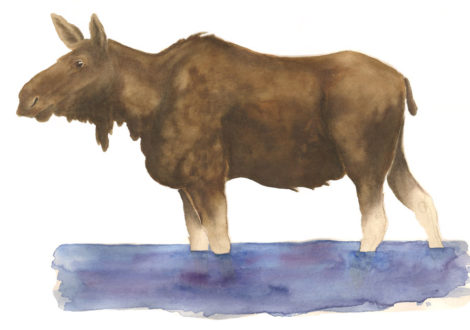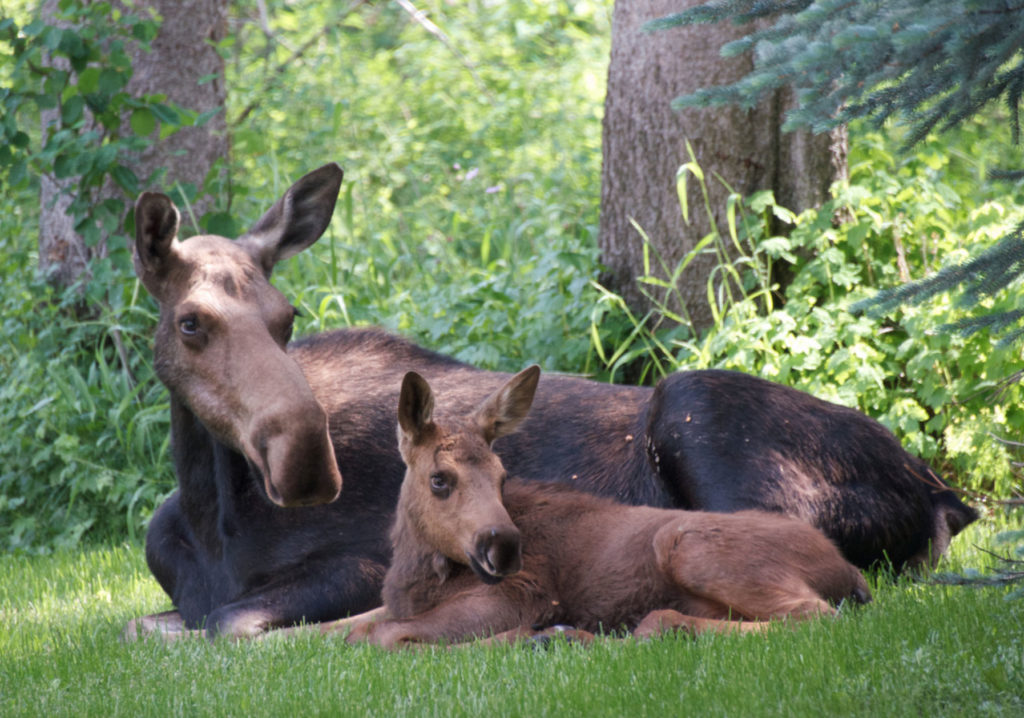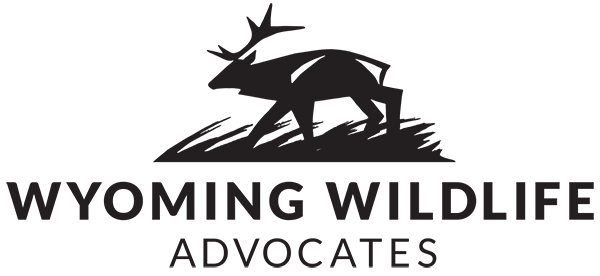
Animal Facts
One of the most unique and charismatic animals in the region, moose are the largest members of the deer family. During summer months, they’re most often seen in marshy or riparian areas browsing on aquatic plants and willows. Both males and females have dewlaps – the flap of skin dangling from the throat. Bull moose weigh up to 1,000 pounds, and can stand up to 7.5 feet tall at the shoulder.
Moose can live as long as 20 years.
Few of the early explorers to the region reported moose sightings, so it is believed that they began moving into Wyoming in the early 1900s, as predators such as wolves were removed and the state became more inviting.
Conservation Challenges
In the last 30 years, the moose populations in the Jackson Hole area, as well as other places in the Rocky Mountains and throughout the country, have declined. Many factors for this have been sighted. They include loss of old growth fir forests to development, parasites, global warming, predators and, in the Greater Yellowstone Ecosystem, forest fires in 1988, which wiped out large amounts of moose habitat.
Using different counting methods 30 years ago, biologists estimated there were between 1,000 and 3,000 moose in Jackson Hole. Today, the Jackson moose herd numbers only 276. Another 200 make their home in Yellowstone National Park.

